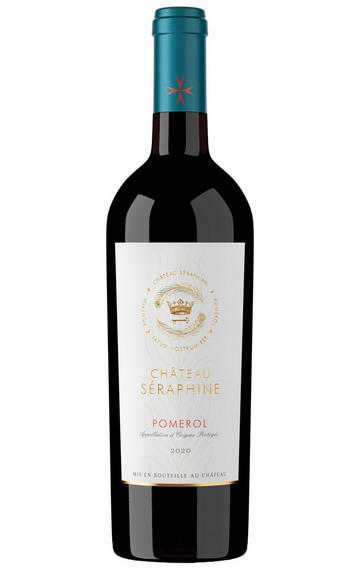
2020 Château Séraphine, Pomerol, Bordeaux
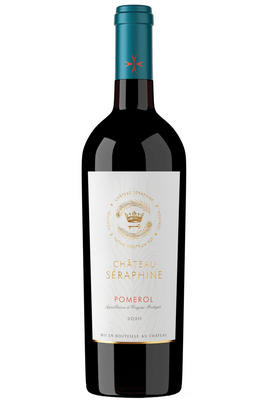
Critics reviews
Drink 2027 - 2047
Neil Martin, vinous.com (April 2021)
Drink 2026 - 2047
Lisa Perrotti-Brown MW, Wine Advocate (May 2021)
Drink 2026 - 2038
Jane Anson, Decanter.com (May 2021)
About this WINE
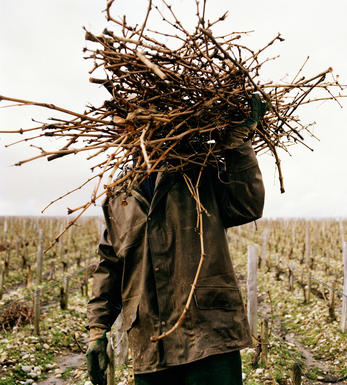
Chateau Seraphine
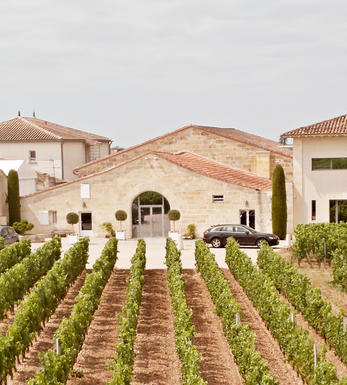
Pomerol
Pomerol is the smallest of Bordeaux's major appellations, with about 150 producers and approximately 740 hectares of vineyards. It is home to many bijou domaines, many of which produce little more than 1,000 cases per annum.
Both the topography and architecture of the region is unremarkable, but the style of the wines is most individual. The finest vineyards are planted on a seam of rich clay which extends across the gently-elevated plateau of Pomerol, which runs from the north-eastern boundary of St Emilion. On the sides of the plateau, the soil becomes sandier and the wines lighter.
There is one satellite region to the immediate north, Lalande-de-Pomerol whose wines are stylistically very similar, if sometimes lacking the finesse of its neighbour. There has never been a classification of Pomerol wines.
Recommended Châteaux : Ch. Pétrus, Vieux Ch. Certan, Le Pin, Ch. L’Eglise-Clinet, Ch. La Conseillante, Ch. L’Evangile, Ch. Lafleur, Trotanoy, Ch. Nenin, Ch. Beauregard, Ch. Feytit-Clinet, Le Gay.
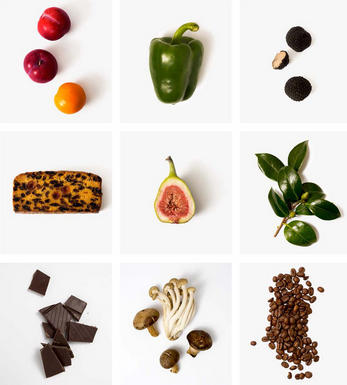
Merlot
The most widely planted grape in Bordeaux and a grape that has been on a relentless expansion drive throughout the world in the last decade. Merlot is adaptable to most soils and is relatively simple to cultivate. It is a vigorous naturally high yielding grape that requires savage pruning - over-cropped Merlot-based wines are dilute and bland. It is also vital to pick at optimum ripeness as Merlot can quickly lose its varietal characteristics if harvested overripe.
In St.Emilion and Pomerol it withstands the moist clay rich soils far better than Cabernet grapes, and at it best produces opulently rich, plummy clarets with succulent fruitcake-like nuances. Le Pin, Pétrus and Clinet are examples of hedonistically rich Merlot wines at their very best. It also plays a key supporting role in filling out the middle palate of the Cabernet-dominated wines of the Médoc and Graves.
Merlot is now grown in virtually all wine growing countries and is particularly successful in California, Chile and Northern Italy.


Buying options
Add to wishlist
Description
Merlot 100%
Martin and Nicolette Krajewski created this small estate in 2016, buying and amalgamating two other properties. Although not on the prime plateau (the vineyards are mostly on the sandy gravels of the second level, with a small pocket of blue clay), there is much to admire here. There has been major investment, with significant replanting and a new gravity-fed winery. The wine is currently pure Merlot, awaiting the maturity of the new Cabernet Franc vines. The ’20 is currently a little marked by oak tannins, but there is no denying the quality of the raw material. It is plush and succulent, bursting with juicy red fruits and an appropriate level of Pomerol “grip”. Production volumes are currently very limited.
Drink 2025-2038
Mark Pardoe MW, Wine Director, Berry Bros. & Rudd (May 2021)
wine at a glance
Delivery and quality guarantee